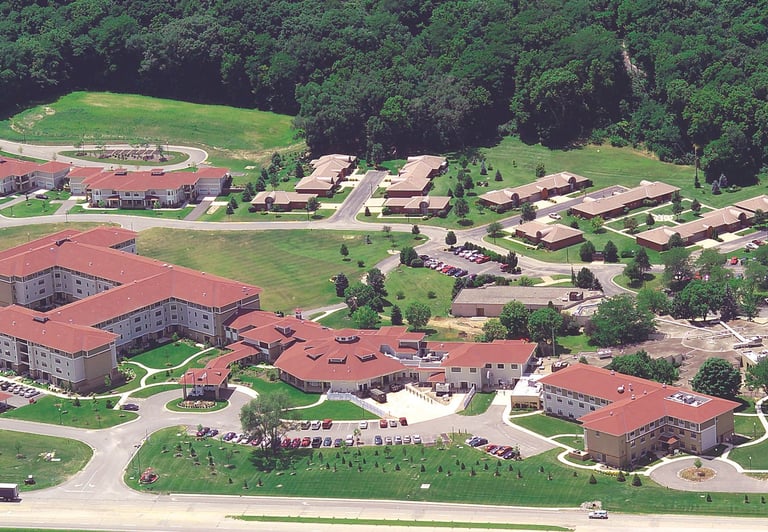The Changing Landscape of Senior Living


The senior living landscape is changing rapidly. The aging population is driving demand for more and better senior living options, and the industry is responding with innovative new models and technologies.
One of the most significant trends in senior living is the growth of residential care facilities for the elderly. Residential care facilities offer a range of services, from basic personal care to 24-hour skilled nursing care. They can provide a safe and supportive environment for seniors who need help with activities of daily living (ADLs) such as bathing, dressing, and eating.
There are many different types of residential care facilities, each with its own unique set of features and services. Some facilities are designed for seniors who are still relatively independent, while others are designed for seniors who need more assistance. Some facilities are located in urban areas, while others are located in rural areas.
When choosing a residential care facility, it is important to consider the specific needs of the individual senior. Some factors to consider include the senior's level of independence, their medical needs, and their personal preferences.
Here are a few tips for choosing a residential care facility for the elderly:
Consider the senior's needs. What type of care do they need? What amenities are important to them?
Visit different facilities. Take your time and visit several facilities before making a decision.
Talk to residents and staff. Get a feel for the facility and its residents.
Ask questions. Don't be afraid to ask questions about the facility's policies, procedures, and amenities.
Choosing a residential care facility is an important decision. By taking the time to research your options, you can find a facility that meets the needs of your loved one and provides them with the care and support they deserve.
Types of Residential Care Facilities
There are many different types of residential care facilities, each with its own unique set of features and services. Some of the most common types of residential care facilities include:
Assisted living facilities: Assisted living facilities provide a range of services to help seniors with activities of daily living (ADLs). These services may include help with bathing, dressing, grooming, eating, and taking medications. Assisted living facilities also offer a variety of amenities, such as social activities, transportation, and meals.
Assisted living facility
Skilled nursing facilities: Skilled nursing facilities provide 24-hour nursing care to seniors who need help with medical needs. These facilities also offer a variety of other services, such as physical therapy, occupational therapy, and speech therapy.
Skilled nursing facility
Memory care facilities: Memory care facilities provide specialized care for seniors with Alzheimer's disease and other forms of dementia. These facilities offer a safe and supportive environment where residents can receive the care and attention they need.
Memory care facility
Continuing care retirement communities (CCRCs): CCRCs are a type of residential care facility that offers a continuum of care. This means that residents can move to a different level of care within the facility as their needs change. CCRCs typically offer assisted living, skilled nursing, and memory care services.
Continuing care retirement community (CCRC)
Choosing a Residential Care Facility
When choosing a residential care facility, it is important to consider the specific needs of the individual senior. Some factors to consider include the senior's level of independence, their medical needs, and their personal preferences.
Here are a few tips for choosing a residential care facility for the elderly:
Consider the senior's needs. What type of care do they need? What amenities are important to them?
Visit different facilities. Take your time and visit several facilities before making a decision.
Talk to residents and staff. Get a feel for the facility and its residents.
Ask questions. Don't be afraid to ask questions about the facility's policies, procedures, and amenities.
Here are some of the questions you should ask when visiting a residential care facility:
What are the facility's policies on visitation?
What are the facility's policies on meals?
What are the facility's policies on transportation?
What are the facility's policies on medication administration?
What are the facility's policies on activities?
What are the facility's policies on social events?
What are the facility's policies on security?
What are the facility's policies on fire safety?
What are the facility's policies on infection control?
What are the facility's policies on resident rights?








